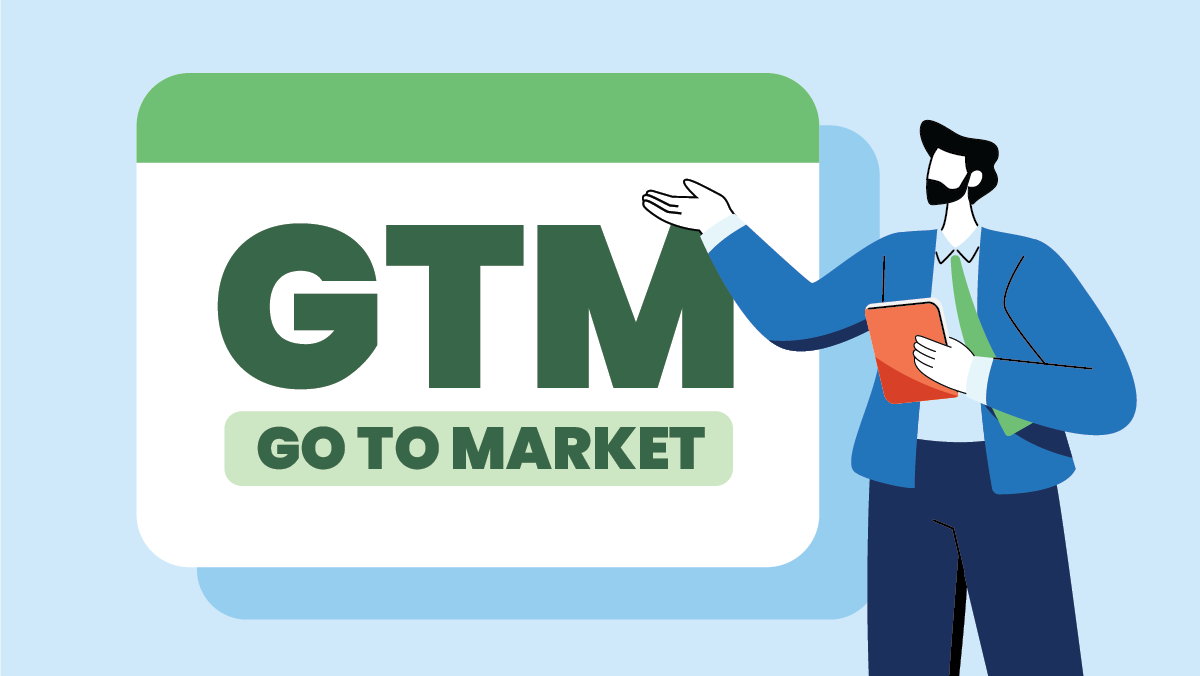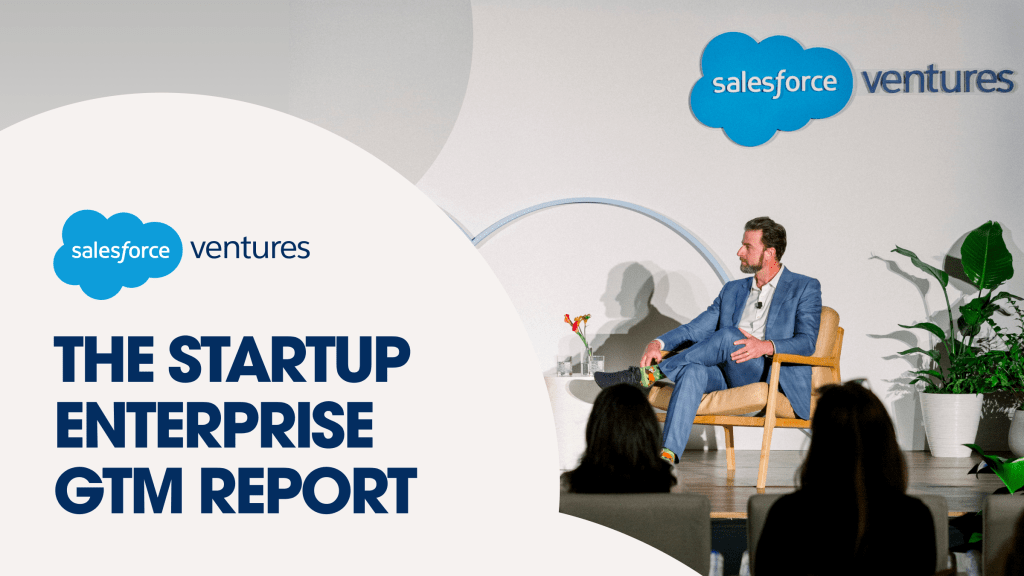Shaping an Efficient Growth Strategy: GTM Strategies For 2025
5 GTM recommendations from leaders within the Salesforce Ventures portfolio.
As tech startups navigate a rapidly changing market, the need for precise, efficient growth strategies has never been more urgent. Recently, Salesforce Ventures brought together a powerhouse group of go-to-market (GTM) leaders from our portfolio for a day of knowledge sharing at the Salesforce Tower in San Francisco.
The discussion yielded numerous actionable insights, offering a roadmap for founders and GTM leaders looking to excel in 2025. Here were some of the most impactful takeaways that can help GTM teams drive results in the new year.
Align Finance And Sales on GTM Headcount
Every GTM leader understands the need to reverse engineer GTM headcount, but it’s often easier said than done — especially when finance and sales departments are siloed. While GTM headcount is typically based on a company’s revenue plan, GTM leaders should align with the CEO and CFO to consider a range of scenarios — from aspirational to “must-have” numbers — and gain an understanding of the level of managerial support across each option. Socializing different scenarios and getting cross functional buy-in on target numbers enables GTM leaders to more accurately determine their topline expectations, important quarterly goals around pipeline coverage, the number of account executives needed to build and convert pipeline, and the quarterly / annual quota numbers assigned per rep.
Invest in Supporting GTM Roles to Avoid Turnover
As more leaders are relying on new technologies to supplement their team’s capacity, the topic of GTM headcount — how to think about hiring ratios, attainment, and overall planning — is top of mind. While AE headcount is often more easily greenlit than other sales roles, a GTM motion needs more than AEs to be successful. As stewards of the business, GTM leaders must keep an eye out for when more mature execution is required. If overlooked, a myopic focus on AE headcount can lead to attrition in the AE population. Generally, anything beyond 20% attrition (up to 10% managed + up to 10% voluntary) can be problematic for a business, and points to more fundamental issues within the GTM team (e.g., understaffing, unrealistic quota attainment expectations, etc.). By not develop supporting functions such as sales engineers, post-sales (i.e., customer success), and sales operations, AEs will be overloaded with extraneous tasks, making it harder for them to execute on their core responsibilities.
GTM leaders should also consider AI sales tools — most notably AI SDRs — as a value-add to a GTM team. The products in this space are quickly evolving, but starting with the lowest hanging fruits around outbound sales is a good entry point to utilizing AI tools in your GTM stack.
Measure for Profitable Growth
GTM leaders should focus on building a foundation for profitable growth from the outset. It’s harder to pivot from a growth-at-all-costs approach to profitable growth once a business hits scale. Metrics that matter most when building for profitable growth include pipeline generated per head (by market segment and industry) and participation rate / productivity level per sales rep vs. in aggregate (it’s better for a business to have each rep achieving 60-70% attainment with the potential of getting to 80%+ than a few reps outperforming at 150% attainment and the rest underperforming at 30%). Ensuring accountability across the entire team establishes a good foundation for scaling profitably.
Recognize When AI Add-Ons Are Table Stakes
Every software company is becoming an AI application company. As this shift takes root, the expectation of having more AI in a company’s products becomes increasingly prevalent. Businesses cannot expect to monetize AI features that are widely available and expected, such as the ability to perform text generation or summarization. These features will soon be table stakes in any new product release. In order to monetize effectively in the long term, companies should focus on building the right pricing strategy around sophisticated AI features that deliver measurable business value — particularly industry-specific or workflow-specific AI solutions.
Consumption Pricing Models Have Arrived
We’re experiencing a shift from seat or subscription-based pricing models to a consumption-based model driven by the widespread adoption of AI. There are certain considerations associated with this shift to consumption pricing. For example, subscription models prioritize renewals, while consumption models emphasize increasing usage. As a result, consumption models immediately reflect gains or losses, making churn harder to manage (whereas businesses selling subscription models have the duration of the contract to demonstrate and deliver value).
Many customers today also prefer pay-as-you-go over annual commitments so they can turn off usage at any point. Some companies balance this customer request by offering workload-specific and outcome-based pricing that combines base subscriptions with usage-based components tied to AI features. GTM teams should weigh these considerations before moving to a consumption-based pricing model, and experiment with creative derivations of outcome-based or workflow-specific strategies.
_
Salesforce Ventures has a full schedule of 2025 events for founders and entrepreneurs to meet, network, and share knowledge. To learn more, sign up for our newsletter.











